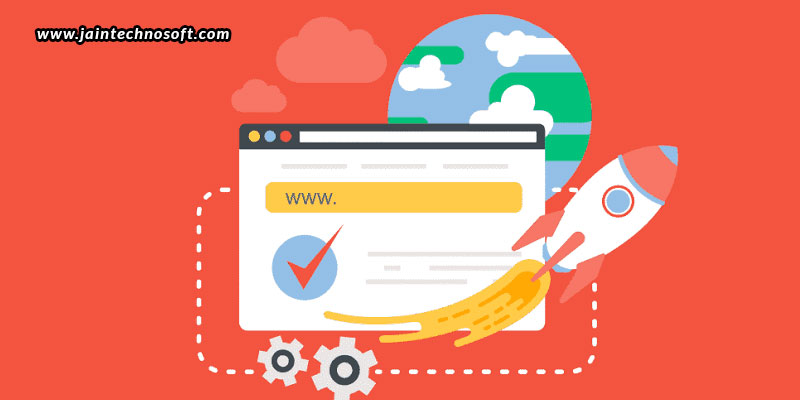How can your site’s speed be improved? There are plenty of opportunities and ways to do so. But, this blog will state some of the most innovative new ideas that have never been seen in any site speed audit yet. So, you can use them and see how it all makes a difference to the speed of your site.
Image optimization
Optimizing images can free up a lot of space; and more space means more speed. One way to optimize images is by suing SVGs instead of PNGs. SVGs are vector images that can save up to 60% of the file size. Also, you can inline images. Inlining images can bring outsized performance gains. Not all images can be best viewed separately from the HTML documents, which is why they are displayed as part of the document. These images are known as inline images.
Eliminate all JavaScript
More JS means more requirement to download, and more round trips for additional files from the server; thus more time and costs. And, whatever functionality can be achieved with JavaScript can also be achieved with HTML and CSS. So, you must examine the functionality of your site, and see where there may be opportunities to reduce the reliance on large JavaScript libraries, where there are native HTML/CSS options. You will then be able to reduce the size, and also the number of round trips required. Nevertheless, there are cases where you need to use the JavaScript solution, but weighing all the pros and cons is important.
CSS implementation
Just like HTML can prove to be more helpful than JavaScript, CSS can also help you achieve the same benefits. For example, when pages use similar images throughout the page in several places, each of them needs to be downloaded separately. This requires a round trip to fetch each image from the server. This problem can be solved with CSS’s transform functionality. CSS can also recolour logos in a variety of ways, when you need the same logo to appear in different colours on different parts of the page. You can also implement navigation elements like menus and tabs in CSS. CSS also has many other powerful animation capabilities, which are faster and smoother than their JavaScript counterparts.
Networking tune-ups
Every time the browser has to collect resources from a server, it has to send a message across the internet and back. This means that even small requests add time to the page load. Reducing the distances of these requests, or reducing the number of round trips required can thus reduce the time taken for loading a page, hence increasing site speed. The methods are technical, which is why you may need professionals for the job; someone who provides web development and SEO services in Bangalore. The methods include SSL encryption, HTTP3, and super routing.
In short, you need to put in all efforts to reduce the round trips needed to the server, eliminating even the smallest assets that take some time to fetch, thus impacting the performance and speed of the site.




